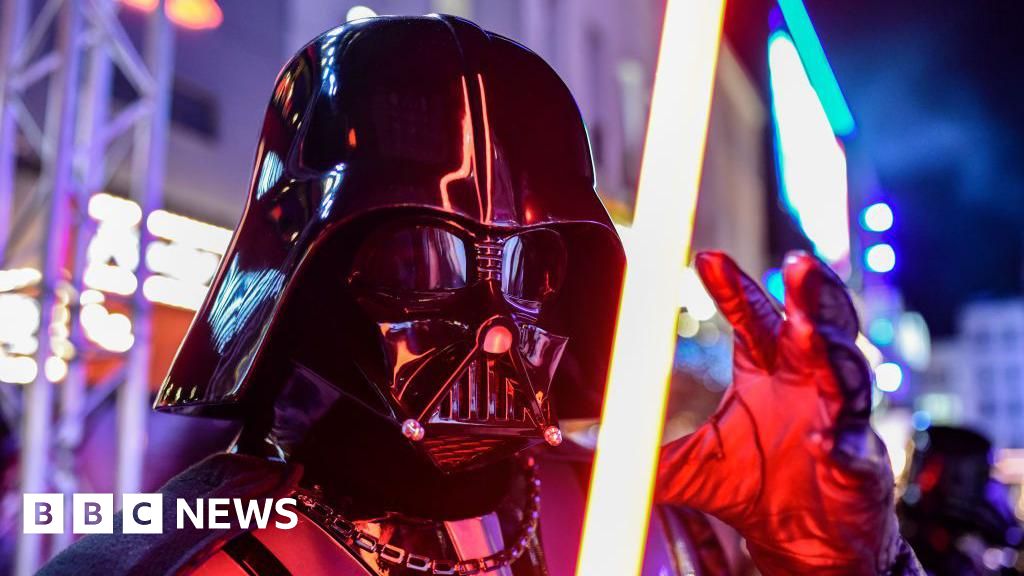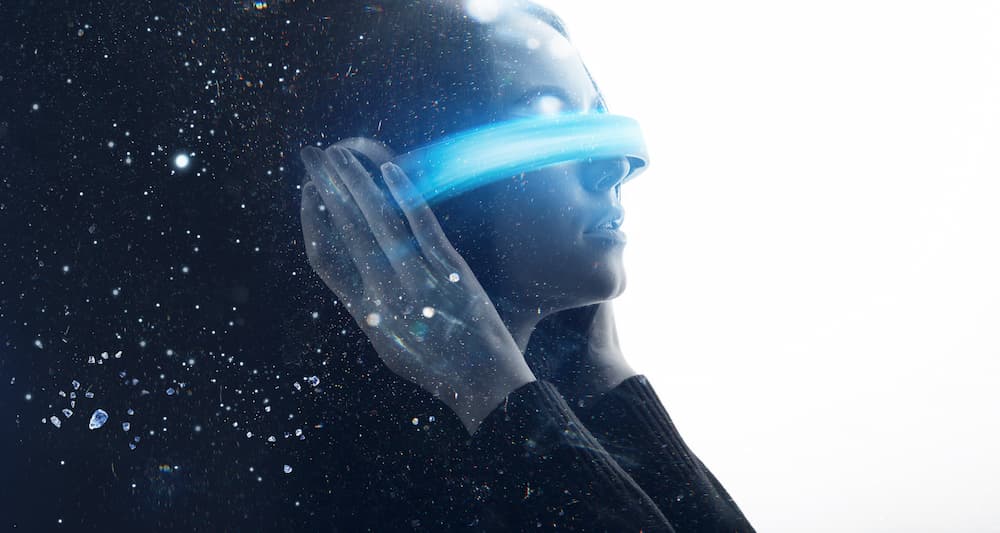LOS ANGELES, CALIFORNIA – MAY 08: Halle Bailey attends the World Premiere of Disney’s live-action … [+]
Getty Images for Disney
There’s no one right way to build an inclusive brand. However, there are core principles that inclusive brands embody that enable them to authentically attract a bigger and more diverse customer base.
Disney is leaning into several of those principles, including representation and being values-led, with the upcoming release of the live-action version of the classic movie, The Little Mermaid.
Of course, representation is a big part of the story with this version of the movie, since Disney cast singer and actress Halle Bailey, who is also Black, as Ariel.
Because of that casting choice, there was instant negativity, complaints, and even racist comments from people who were outraged that Disney would dare to reimagine the fairytale with a non-white actress. Because Disney is values-led as it relates to diversity and inclusion, the backlash didn’t deter their plans at all.
Now with the recent announcement that the iconic brand has partnered with Carol’s Daughter as the official hair care brand of the movie, Disney is embracing another inclusive marketing principles that is allowing them to make a broader audience feel seen and like they belong: collaboration.
Who your brand works with matters
Inclusive marketing isn’t about just getting people from underrepresented and underserved communities to buy more of your stuff. It’s about making them feel seen, like they belong, and elevating their communities, which in far too many instances are marginalized.
Elevating communities is where a lot of brands fall short from an inclusive marketing standpoint.
There are several ways you can elevate the communities of the customers you’re trying to serve specifically using collaborations, including partnerships, features, building a diverse team and base of suppliers you work with.
It’s very rare for any brand to work completely alone. That’s why as you work to be inclusive, it is important that the people your brand works and collaborates with is representative of the people you’re trying to reach.
As Disney features a Black actress as Ariel, a natural extension of making the Black community and other people of color feel like they belong is a collaboration with a brand from the community.
That’s why Disney’s Carol’s Daughter partnership was such a smart move. The hair care brand, which is now owned by L’Oreal, was founded by Lisa Price, a Black woman. Price is still a staple within the company, and recognized widely among long-time customers of the brand.
Carol’s Daughter has a rich history and footing within the Black community, and is also used widely be people with textured and curly hair that do not identify as Black.
Thus the limited edition products part of this The Little Mermaid and Carol’s Daughter partnership will not only help introduce new audiences to the movie, and new consumers to Carol’s Daughter, but it deepens Disney’s demonstration of their commitment to inclusion and diversity.
As your brand works to be more inclusive and attract and retain a more diverse customer base, be sure you’re collaborating with people, brands, and suppliers who are part of the communities you want to reach.
Not only will it allow you to get introduced to new audiences in a way that feels natural and authentic. But you’ll also do a better job of serving that community. And it will also enable you to elevate the community by partnering and or paying people and brands who are part of those communities.
Credit: Source link











